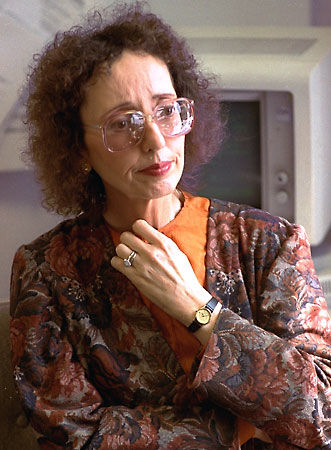Philippa woke one morning in early April to discover that her face had collapsed. Overnight! Her long-celebrated cameo face! Her classic cheekbones had disappeared beneath the sagging bruises of the bags beneath her eyes. What had been smooth taut skin was now "jowls" that were puffy and discolored, the hue of old piano keys. Her eyes were small and brightly anxious, threaded with fine filaments of blood, and her aquiline nose was now a pug nose in which broken capillaries glowed with a sullen heat. Philippa stared in disbelief. She shielded her eyes with her hands and backed out of the brightly lighted bathroom. My life is over, she thought.
It was so. She could not endure the humiliation. Only a few years ago she'd been mistaken frequently as the older sister of her eighteen-year-old daughter. This was true! Strange men followed her in the street, and anonymous valentines, love poems, and long-stemmed red roses in bouquets of a dozen found their way to her door. Philippa was only forty-nine, and had anticipated many years more of worldly conquest and triumph, giddy laughter, drama and melodrama with Philippa in the starring role.
She would reveal her ruined face to only a few individuals, whom she could hardly avoid—her husband, children, relatives, a small circle of supportive friends. Among themselves they would speak in bafflement of the change in Philippa: not in her face, which looked more or less the way it had looked for years, but in her new attitude which, they agreed, had become tragic.
